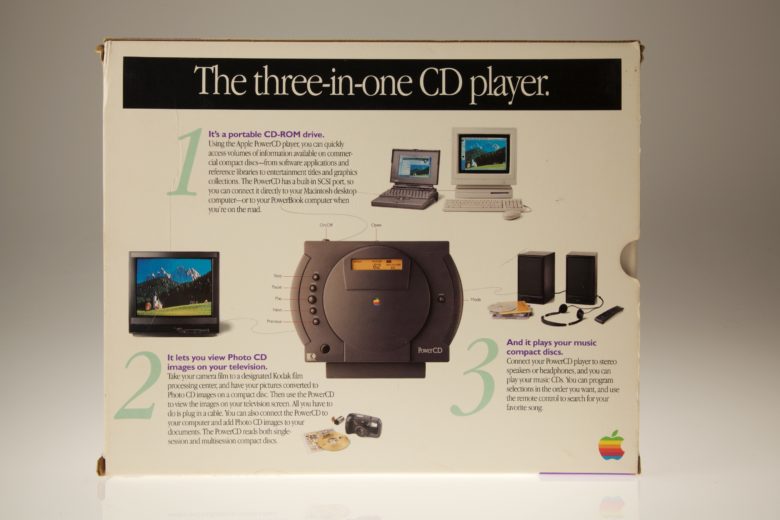Apple Macs and optical drives: a brief history lesson on why it pays off to skip to the next best thing.

If you have followed the news, and you are among those still fond of optical discs like DVDs or music CDs, you are probably feeling disappointed by the fact that big retailers like Target and Best Buy are dumping their massive, unsold inventories, effectively phasing out the sale of optical media.
CDs and DVDs are being killed by online streaming, from services like Netflix, Vudu, Amazon, and Hulu Plus, that offer an unbeatable way to enjoy music, TV shows, and movies, without the hassle of dealing with damaged or misplaced media. SImply connect a streaming dongle, or other device like Apple TV, to your television set, and connect online to stream thousands of media titles, instantly.
During Steve Jobs’ absence from Apple, in the midst of the 90s, namely the least profitable era for the tech giant, products like The Newton, were being tested in a way that was much more similar to what Microsoft is doing these days: straight to the consumer. A “Job-less” Apple of the 90s tried such route way too early, and way too hard, with products that failed to latch on to the consumers imagination, including Apple’s short-lived sub-brand, “Mac Like Things” PowerCD.
The PowerCD, released precisely on March 22nd, 1993, was somewhat innovative, but nowhere near as worthy of awe as other products.
Marketed at a 3-in-1 device, the unit was manufactured by Philips, as CDF 100, and was capable of reading Kodak Photo CDs. Conversely, Kodak also sold its own rebrand of Philips device, and marketed it as PCD 880.
In Apple’s own “spin” on the CD player, the PowerCD came with a SCSI interface that allowed the unit to be connected to an Apple Mac computer, and used as an external optical drive. The PowerCD was also compatible with TVs and audio equipment, where movies and music could be played. On top of that, it also worked on batteries..
Sadly, or fortunately, Steve Jobs saw the PowerCD as a failure, a mile away, upon his return to Apple, and had the product discontinued after a mere couple of years, in spite of neat features like its own remote control.
The $499 price point at which Apple sold the PowerCD was not helping its cause either, considering that Steve Jobs had the foresight to include optical drives with several future Mac computers, including the Powerbook.
Needless to say, the unveiling of the Apple iPod, in 2001, would have made the PowerCD utterly useless, in virtually every aspect, and within a mere five years.
The demise of the PowerCD was also telling of Steve Jobs original vision of splitting the company in two, very distinct entities: one dedicated to the Mac, as a work computer, designed for productivity, and a new division, dedicated to products for consumers to carry and be part of their daily lives, in and out of the house, such as the iPod, the iPad, and the iPhone.
Ready to shop?
Looking for the most powerful desktop created by Apple? PortableOne is where you can buy the All-New Apple iMac Pro a production powerhouse for high-end creative professionals, with endless possibilities, and unprecedented specs.